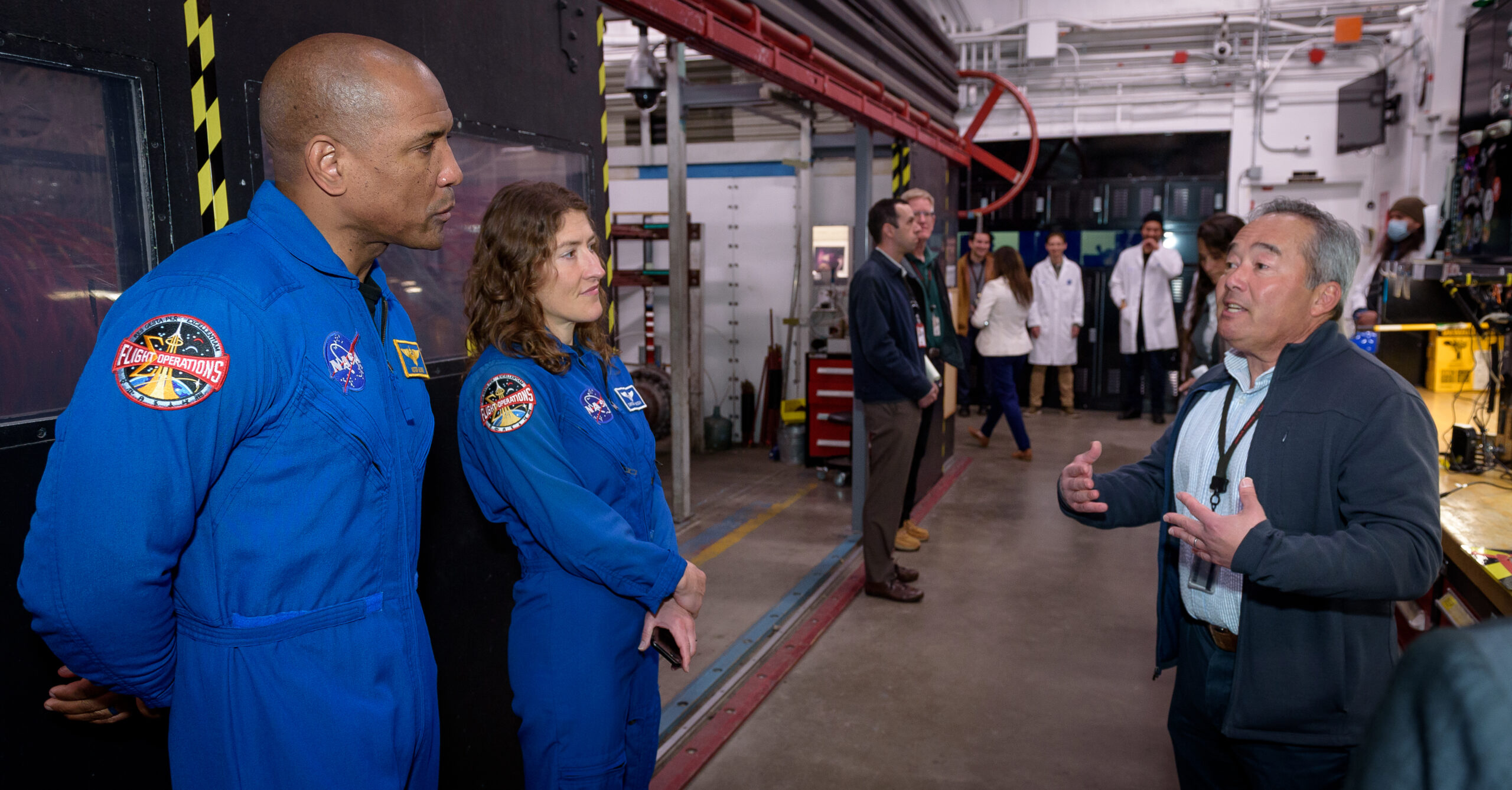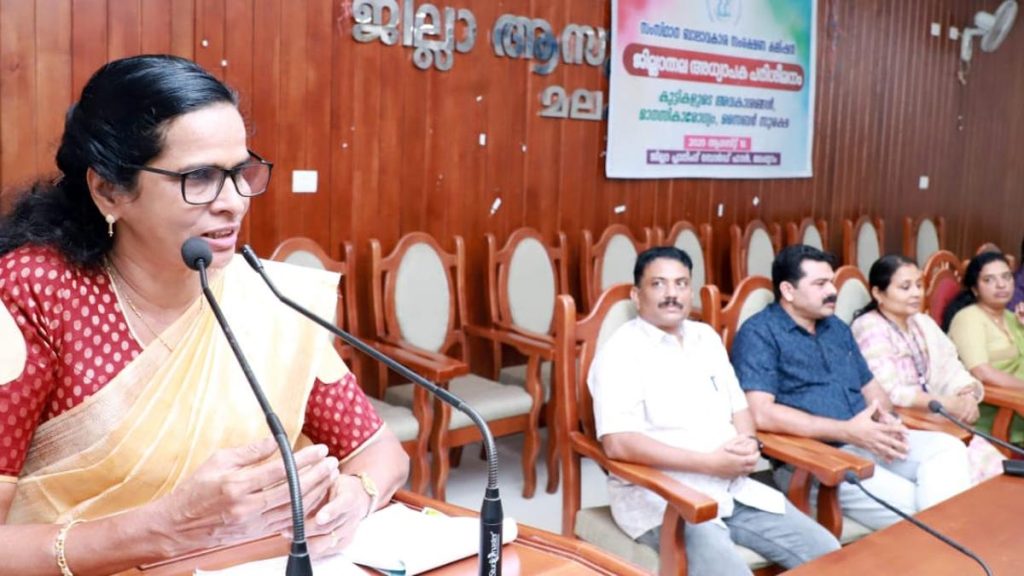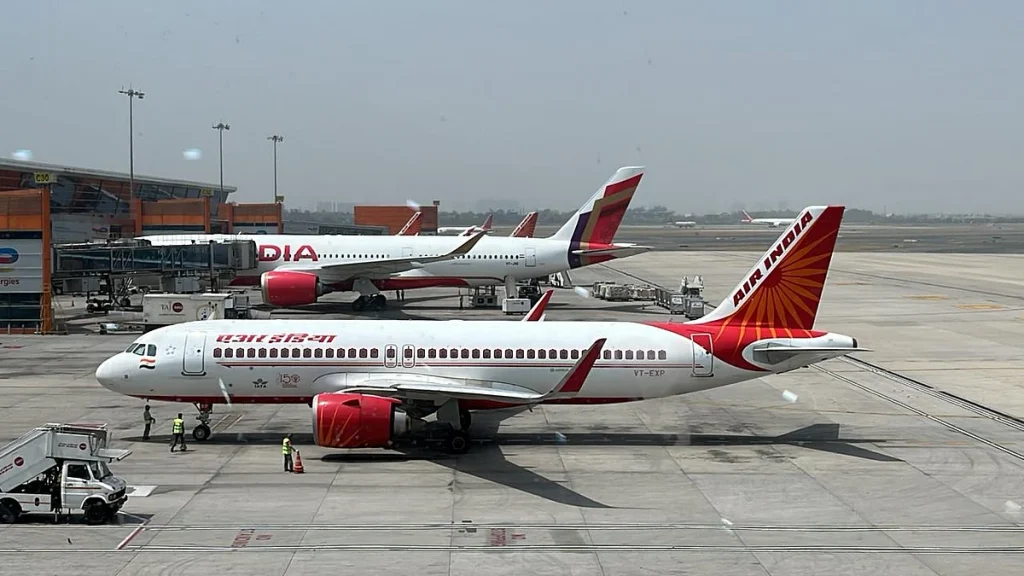Now Reading: Artemis Astronauts, Orion Team Visit NASA Ames for Mission Insights
-
01
Artemis Astronauts, Orion Team Visit NASA Ames for Mission Insights
Artemis Astronauts, Orion Team Visit NASA Ames for Mission Insights

Quick Summary
- NASA Ames Research center in California’s Silicon Valley has been pivotal in preparing for artemis II’s mission to send astronauts to the Moon aboard the orion spacecraft.
- Artemis II astronauts Christina Koch and Victor Glover, along with Orion leaders Debbie Korth and Luis Saucedo, visited Ames facilities recently.
- The visit included a tour of the Arc Jet complex and Sensors & Thermal Protection Systems Advanced Research Laboratories, which simulate atmospheric reentry heat and develop flight instrumentation for heat shield response analysis.
- Ames researchers contributed to analyzing unexpected charring loss on the Orion spacecraft’s heat shield post-Artemis I mission.
- Thirty-two employees were honored at an award ceremony for their individual and team contributions to the Orion Program.
- Eugene Tu, Director of NASA Ames, recognized Ames’ workforce for its role in advancing systems critical for astronaut safety during space missions.
Indian opinion analysis
NASA’s emphasis on ensuring astronaut safety through meticulous testing and development highlights global progress toward complex lunar exploration goals under Artemis II. The recognition of NASA Ames employees underscores the significance of collaborative scientific innovation, notably in designing reliable thermal protection systems-a cornerstone technology that ensures crew survivability during reentry phases.
For India’s enterprising space program increasingly focusing on human missions like Gaganyaan, this showcases a technological benchmark worth studying closely. Factors such as advanced sensor integration or approaches to handling unexpected anomalies (e.g., charring) may provide actionable insights as India calibrates its own technologies toward similar goals.
By observing global management structures like those seen at NASA-where cross-disciplinary teams contribute across software development, thermal reliability testing, navigation design-India could further elevate its readiness towards safe extraterrestrial human travel projects.


























